Questionnaire and other news
The diocese of Reykjavík, the only one on the island serving approximately 200 thousand faithful, has developed a project for the definition of an ecclesial activity program, coordinated by Msgr. Dávid Bartimej Tencer. The communication was given by Ivan Sovic, from Bosnia Herzegovina, assistant to the bishop for pastoral care. It’s a Catholicism made of small numbers that are now growing also thanks to migrants. New places of worship are needed

The Catholic Church in Iceland has launched an online consultation on Facebook among Catholics to “collect information on the present situation of parishes.” “The answers – states the introduction to the survey – will serve as the benchmark for a project aimed at the definition of a specific pastoral program for the diocese.” As many as 12.414 officially registered Catholics live on the island, but the real numbers amount to some 20 thousand. Figures published on the website of the diocese of Reykjavík, that serves the whole of Iceland, show there are seven parishes and 17 churches and chapels altogether; the most recent one, entirely made of wood, was consecrated on June 16 in Reyðarfirði. There are 31 nuns and 16 priests who, according to 2015 data, have baptized 159 children, celebrated 30 marriages and 26 funerals. 113 people have received the sacrament of Confirmation. The anonymous questionnaire, with 60 online questions in Icelandic, English and Polish, is aimed at providing a snapshot of the faithful attending parishes, the degree of affiliation and participation, their expectations vis a vis the priests and the community, their openness to active participation.

From Bosnia-Herzegovina to the glaciers. “Since 2015 the diocese of Reykjavík has been guided by Msgr. Dávid Bartimej Tencer, who, being a new bishop, “devised a clever plan regarding the organization and the future of the Catholic Church in Iceland”, Ivan Sovic told SIR, appointed as the bishops’ assistant for pastoral care a few months ago. For the bishop, “the future development of the Catholic Church – Sovic said – needed a specific project, a pastoral plan along with a consistent Catechism program in all parishes.” With the support of the German organization Bonifatiuswerk, in 2017
“it was finally possible to ensure the presence of an assistant in charge of pastoral care and of a coordinator for catechesis in the diocese.”
This led to the creation of the office entrusted to Sovic, born in Bosnia Herzegovina in 1968 into a Croatian family, graduated in Theology in Sarajevo, presently completing a Master program with a study on “networking in the community”, involving the Bosnian refugees displaced after the 1990s war. The pastoral assistant of the bishop “will have a vital role in the pastoral ministry of the diocese. His major task will be to work in cooperation with the bishop to develop the plan and the pastoral program divided into three stages: to prepare and promote the survey, to analyse the answers and thus elaborate the program.”

Priests forced to travel. “It’s the very first time that the diocese of Reykjavik prepares a specific plan and program for its mission.” Sovic gave no indication on the outcomes of the survey, launched at the beginning of July: “We are presently trying to reach out to the highest possible number of parishioners to ensure that they take part in the survey, thereby providing a complete picture of the present situation. We plan to complete it by the end of August. It’s too early to predict the results, since we still don’t have enough answers.”
The situation of the Catholic Church in Iceland is similar to the one of the neighbouring Nordic Countries, which are all part of the same Bishops’ Conference.
Catholics in Iceland are “scattered in different areas of the seven parishes. Some of them live hundreds of kilometres away from the churches and can only attend Mass once a month. Thus the priests are forced to travel across all of Ireland”, Sovic said. At the same time, “on many occasions the Church has to struggle to find alternative places where to celebrate Mass. Some areas direly need the churches’ presence. In fact we are planning to build a new one in Selfoss” and, he added, “all forms of support are welcome.”

High numbers of immigrated Catholics. Most members of the Catholic Church are immigrants, mostly from Poland and from the Philippines, “and from many other Countries. There are cultural and linguistic differences.”
One of the major challenges “is integrating all of these national groups with different origins inside the Church.”
This is coupled by the fact of “proclaiming the Gospel in an extremely secularised society such as the Icelandic one”, which Ivan considers “one of the greatest challenges for the future.”
A coordinator for catechesis. The project promoted by Bonifatiuswerk also envisages the presence of a woman coordinator for Catechesis. As of June 1st the post is held by a young Icelandic woman, Unnur Guðný Maria Gunnarsdóttir. “Her main task is to help the bishop carry out a consistent Catechetic program across all parishes, as was already done in other Scandinavian Countries”, Sovic pointed out.
A Catechesis study program for all age groups, with the collection of related materials, is presently being completed.
“Since the Catechism classes are held in three languages – Icelandic, English and Polish – the coordinator is also working on an online library in each of these languages, so that the parents of these children – or those tasked with their education – living in areas where we can’t ensure the physical presence of Catechism classes, may easily access a Catechesis program. Next autumn we shall return to Iceland to find out about the profile of Iceland’s Catholic community resulting from the online survey. “We hope you found this program useful to reflect on your faith and on the meaning of your ecclesial experience”, reads the concluding paragraph of the questionnaire.